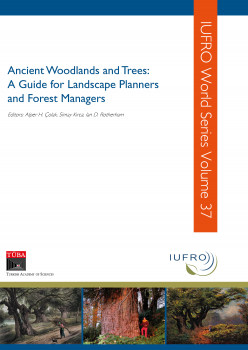Worked Trees and Ecological Indicators in Wooded Landscapes

Worked Trees and Ecological Indicators in Wooded Landscapes
A consequence of the long-standing traditional uses of trees in the woods and the long-term continuity and connectivity of uses through many centuries enables us to ‘read’ the landscape (Rotherham, 2011, 2013). The relationship between the natural conditions, and the history of uses of the woodland have led to numbers of species such as ground floor plants being useful as so-called ‘indicators’ and antiquity and continuity of a wooded landscape on the site (Hermy et al., 1999; Goldberg and Kirby, 2002/3; Crawford, 2006, 2009; Castle et al., 2008; Rose, 1999; Peterken, 1974, 2000). Combining such indicators with an analysis and understanding of ‘worked’ trees can provide a very useful insight into woodland history, use and management. There are two main types of ‘modified’ trees through extraction of ‘wood’ and of ‘timber’, together with numerous other variants on the themes. These two forms of modified tree are pollards and coppices, and they can be related to basic types of woodland management or use (Jones, 2009; Rackham, 1986). This chapter provides an introduction and overview to the approaches and the issues raised.
